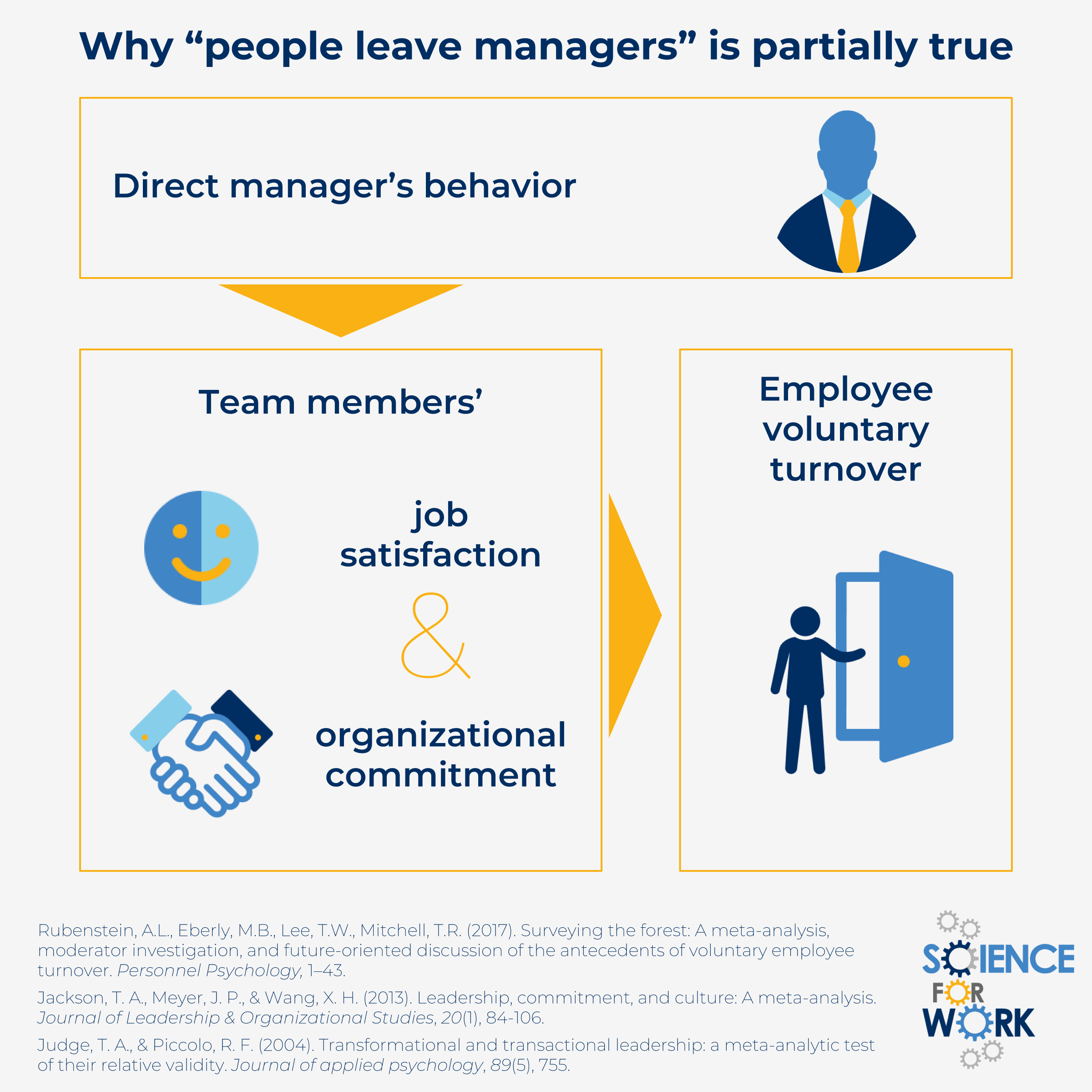
Turnover rates must be viewed in context, as certain industries, such as hospitality and retail, traditionally have higher than average employee churn. What Do Turnover Rates Tell Us About a Business? Today’s workforce also values flexibility and time-off, as well as a clear career path complete with the training to steadily advance and remain marketable. Across the board, LinkedIn’s Talent Trends 2020 survey shows that people want to work for companies and with people that inspire them. Even baby boomers are looking for more than a steady paycheck and say working for a company with a purposeful mission is a top priority. Recall that guaranteed lifetime employment is no longer on the table for most professions. It’s widely agreed that many of these shortages will persist even with higher than normal unemployment rates.Īnd finally, people want more from their employers-and not just money.

We’ve seen perennial shortages of medical professionals, scientists and mathematicians, skilled tradespeople, engineers and many IT specialties. For certain roles, and in certain geographies, there aren’t enough people with the right skills to fill open roles. Then there’s the issue of supply and demand.

That’s more than three times the tenure of workers ages 25 to 34 years, which is just 2.8 years.Īmong workers ages 60 to 64, 54% had been employed for at least 10 years with their current employers in January 2020, compared with just 10% of those ages 30 to 34. Bureau of Labor Statistics says the median tenure of workers aged 55 to 64 is 9.9 years. workforce, don’t stay at their jobs as long as previous generations did. Meanwhile, millennials, who now make up nearly 40% of the U.S.
Turnover staff meaning driver#
One attrition driver is demographics: Retirements of baby boomers hit a record 28.6 million in the third quarter of 2020, with Pew Research showing 3.2 million more boomers retired compared with Q3 2019. The reasons people leave vary, and companies can’t always stem the tide. Turnover, especially the voluntary variety, impacts a company’s ability to achieve business objectives and is a key concern for executives. Turnover is expensive: Gallup pegs the cost at between one-half to two times the salary of the employee being replaced.Employees who voluntarily leave their jobs are often seeking more money and better benefits, career progress, a more optimal work/life balance, or to escape an ineffective or toxic manager.Turnover is broken down into two types: voluntary, where people leave of their own volition, and involuntary, where people have been terminated or were part of a seasonal layoff or reduction in force.Separations include everyone who is no longer with the company, regardless of the reason.



 0 kommentar(er)
0 kommentar(er)
